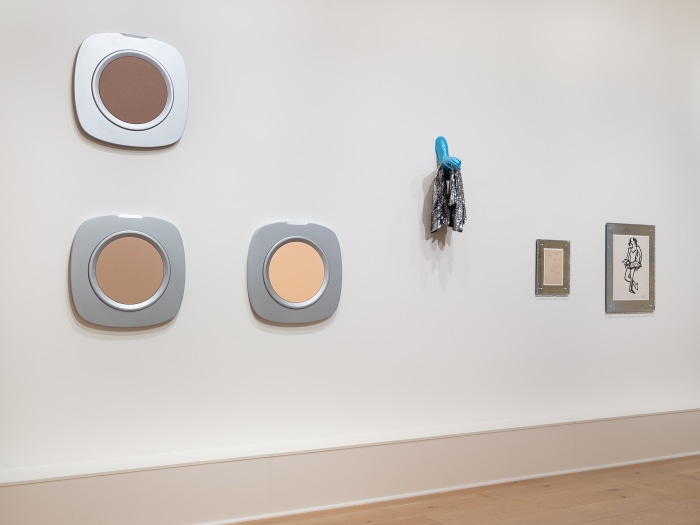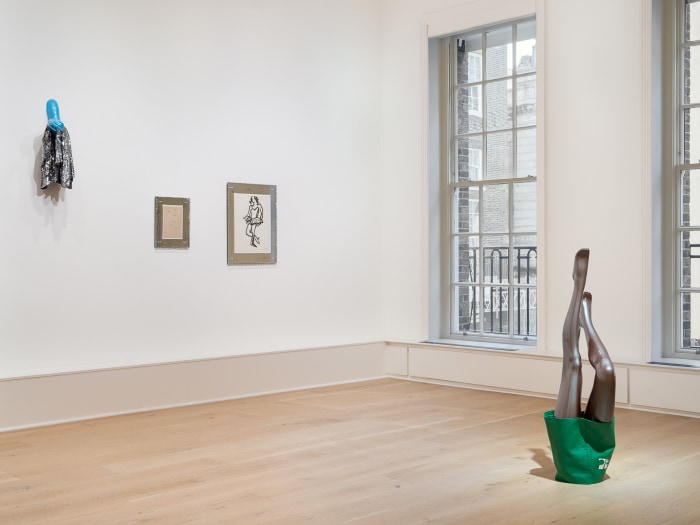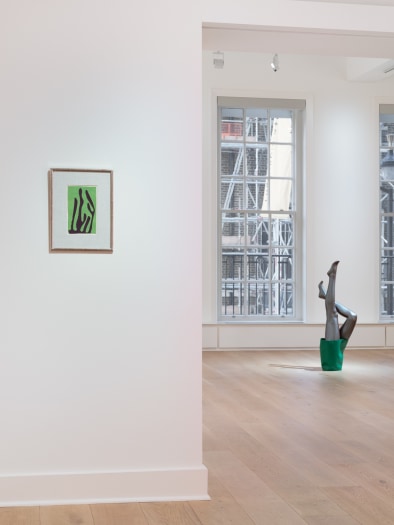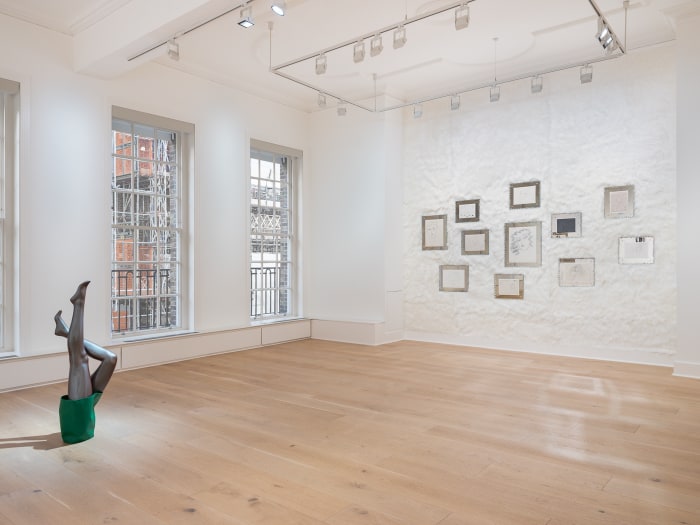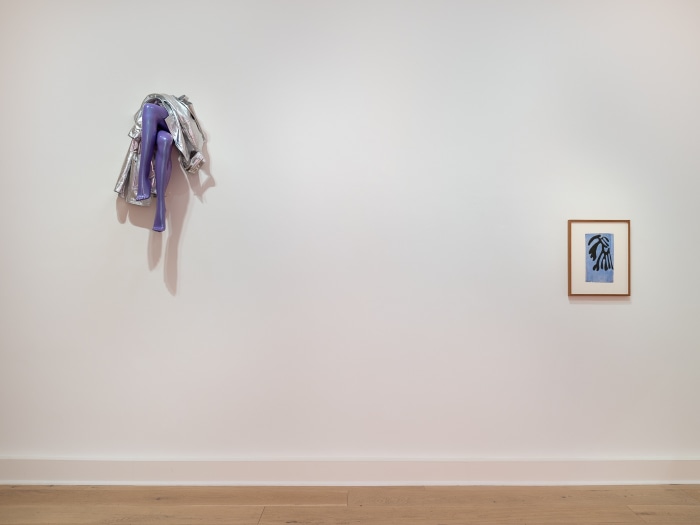Luxembourg + Co., announces the opening of Drawing on Matisse, an exhibition organised together with Sylvie Fleury at its London gallery space on Monday, 3 March 2025. The exhibition presents the work of Fleury (b.1961) in response to a large body of original drawings and cut-outs by Henri Matisse (1869-1954) from the artist’s estate, including works that were not shown publicly before.
Since the beginning of the 1990s, the work of Sylvie Fleury has been raising questions concern- ing taste, fashion, and desire in twentieth century culture, and tackling art’s ever-growing status as commodity. Forming a significant part of her practice, Fleury repeatedly and strategically mimics, appropriates, and at times even embeds, the work of major historical artists into her own installations to this end. Such historical explorations are often executed as responses to the cultural and gendered legacy that artists such as Piet Mondrian, Jean Dubuffet, and Frank Stella, among others, have been part of, and/ or drawn into in hindsight. Drawing on Matisse extends this trajectory in Sylvie Fleury’s work, but also emphasises the relevance of Henri Matisse’s legacy to the visual language of contemporary art and fashion, to the identity and body politics implicit in his work, and to his influence on Fleury’s practice more directly.
The exhibition includes mannequin body-part sculptures and wall mounted works by Fleury alongside a large group of drawings by Matisse mounted on glass picture frames individually manufactured by the Swiss artisan glass sculptor Francoise Bolli under Fleury’s guidance. Mimicking sentimental domestic aesthetics typically associated with the 1950s, the glass framed drawings incorporate partial reflections of the viewers’ complexion within the display. Drawing on Matisse, as its title suggests, is the outcome of a delicate and commemorativeact of defacement. It is at once an acknowledgement of the significant influence Matisse has held over Fleury’s evolution as an artist, and an appeal to abandon the canonical reading of his work. Her response to Matisse therefore intentionally exaggerates the stereotypic feminine aesthetics associated with his work and exposes a side of him that is surprisingly irreverent, provocative, and rebellious.

